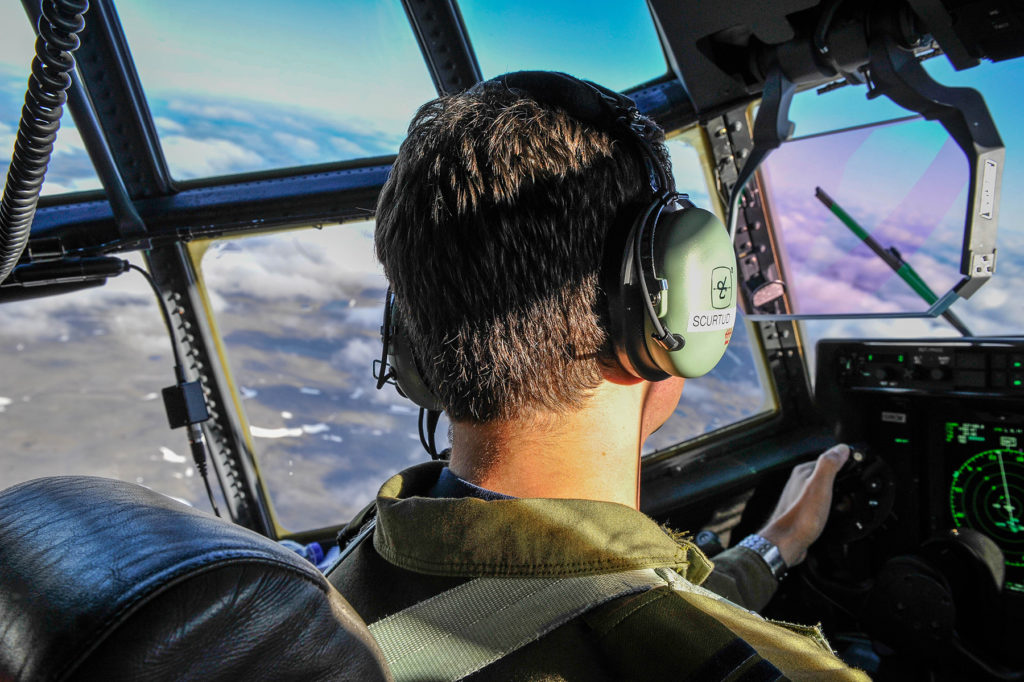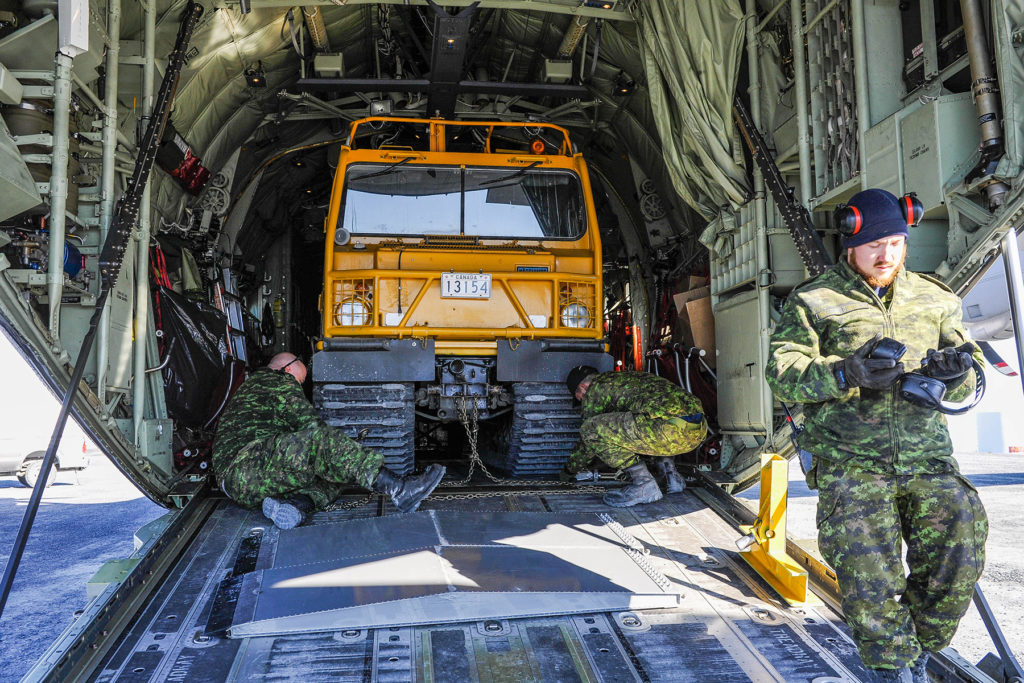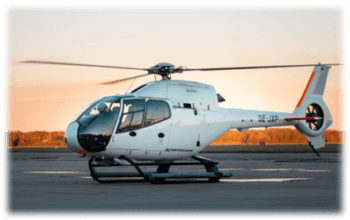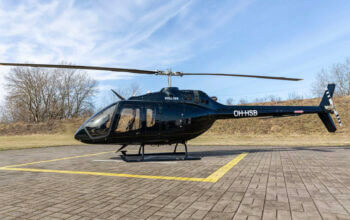Estimated reading time 5 minutes, 39 seconds.
The challenges of operating an aircraft in the North are numerous.

“The first challenge is, without a doubt, weather,” says Capt Colin Wilkins, a CC-130J Hercules pilot with 436 Transport Squadron, during a planned flight to Canadian Forces Station (CFS) Alert.
“Weather can be very unpredictable up North–and change rapidly.”
In order to mitigate risks associated with extreme weather conditions, the aircrew follows a “plan procedure for cold weather operations,” said Cpl Yassabi Siwakoti, an aviation technician.
This even includes a special procedure to start and shut down the aircraft when it is extremely cold, involving the removal and storage of batteries inside the aircraft.
Located 1,834 kilometres north of the Arctic Circle, just 817 kilometres from the North Pole, Canadian Forces Station (CFS) Alert is the most northerly permanently inhabited location in the world.
The main roles of the station are to maintain a geolocation capability to support search and rescue and other operations, and to provide support to Environment and Climate Change Canada and Arctic researchers.
Alert also plays a key role in projecting Canadian sovereignty in the Arctic.
436 Squadron is a primary unit providing sustainment supplies to CFS Alert.

The squadron is tasked with one flight every week to bring fresh and frozen fruits and vegetables to personnel stationed there, as well as two Operation Boxtop resupplies a year, during which they provide the station with fuel and dry goods.
While the Royal Canadian Air Force has been operating flights to Alert since the mid-1950s, new technology and more advanced aircraft have not removed all of the inherent challenges when flying in the cold.
Because of the unpredictability of the weather, rerouting to avoid it can be more frequent, which poses an additional challenge.
“As you go up North of Iqaluit, the number of airports equipped to welcome a CC-130 Hercules get fewer and fewer and further away from each other,” said Wilkins. As a result, the crew needs to take more fuel with them.
With eight trips to CFS Alert in his logbook, loadmaster Sgt Patrick Johnson said: “operating in the North demands more preparation and monitoring.”
As part of his tasks, he ensures the general security of the aircraft by closely monitoring the cargo compartment, the hydraulic levels, and the chaining of cargo.
“The cold weather makes our job more arduous, as it generally takes longer not to only start, but also to load and unload the aircraft,” he said. “For this reason, preparation is key.”

When operating in the North, the crew is conscious of the likelihood of being delayed.
In addition to delays caused by the additional time to warm-up, load and unload the aircraft, there are also delays related to maintenance as the temperature drops.
Aircrew and groundcrew need to be warmly dressed to operate outside, and heavier clothing makes it more difficult for them to move freely. The extreme cold conditions also make it necessary for them to take regular breaks to warm-up inside.
Fortunately, the CC-130J Hercules is well suited to operate in the North.
The main reason is its ability to operate in cold weather with limited support, at austere fields and in marginal conditions. Indeed, much of the equipment used at CFS Alert is designed to fit inside the cargo compartment of the aircraft.
But even though cold weather is the main challenge, warming weather in the North also poses a challenge. Wilkins said: “in the summertime, you worry about the ground being able to support you.”
Austere fields are usually made of dirt, sand, and/or gravel. During the winter months, the gravel runways will freeze, which support more than the maximum weight capacity of the aircraft.
But in the warmer months, some of these runways become too soft for the aircraft.
“Based on how the runways are built, we sometimes have a weight limitation,” said Wilkins.
Be it summer or winter, Canada’s North will always prove a challenging place to fly. Adaptability, preparation and maintenance will remain keys to success in operations.








